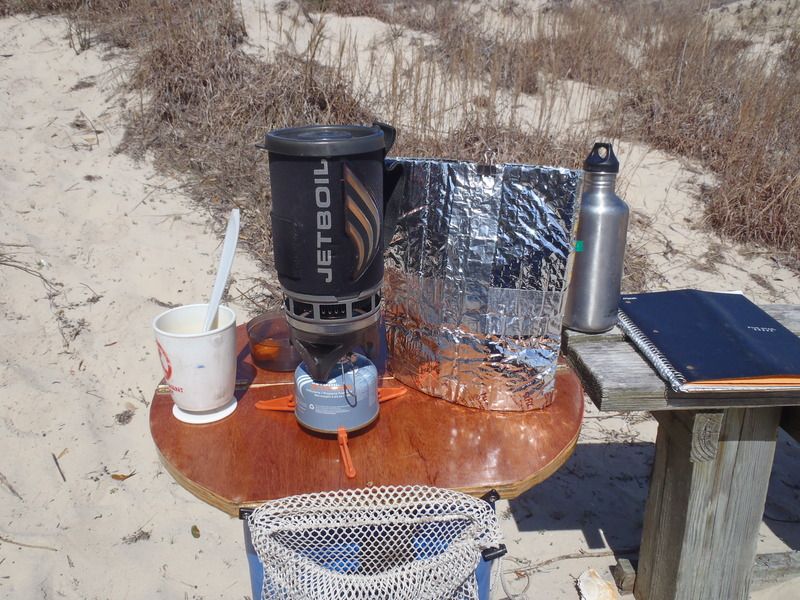August 13-17, 2015
Paul Conklin (Curtis Mayfly)
I made a looping five-day adventure into the Five Ponds Wilderness. Starting at the end of public access on the Bear Pond Road, I paddlewhacked my way through several ponds to reach the Great Opening or what some call, the Confluence. It is where the water of Willys, Walker, Crooked and Lower Beech Ridge Ponds come together to form the Middle Branch Oswegatchie River. The opening is about 50 acres of lowland; a healthy beaver population keeps most of it canoeable. Three tributaries provide ample adventure opportunity. The environs are prime, in both habitat and vista for a moose sighting. The Middle Branch Oswegatchie would be my avenue of retreat taking me through the heart of the Carpet Spruce Swamp. The headwaters of the Middle Branch could fast become one my favorite places on the planet.
Photos: https://picasaweb.google.com/114267878012874538920/MiddleBranchOswegatchieFromItsSource
Paul Conklin (Curtis Mayfly)
I made a looping five-day adventure into the Five Ponds Wilderness. Starting at the end of public access on the Bear Pond Road, I paddlewhacked my way through several ponds to reach the Great Opening or what some call, the Confluence. It is where the water of Willys, Walker, Crooked and Lower Beech Ridge Ponds come together to form the Middle Branch Oswegatchie River. The opening is about 50 acres of lowland; a healthy beaver population keeps most of it canoeable. Three tributaries provide ample adventure opportunity. The environs are prime, in both habitat and vista for a moose sighting. The Middle Branch Oswegatchie would be my avenue of retreat taking me through the heart of the Carpet Spruce Swamp. The headwaters of the Middle Branch could fast become one my favorite places on the planet.
Photos: https://picasaweb.google.com/114267878012874538920/MiddleBranchOswegatchieFromItsSource



